Some would have already seen this pic circulating on the Net. It shows a silver-coloured Proton P3-21A, without an inch of disguise on it. Although partially blocked by an attempt preventing the cameraman from getting a clean shot, we still get to see a fair bit of the upcoming sedan.
Remember this leaked shot of the yellow coloured P3-21A from last year? Well, this latest revelation confirms that what we’ve seen before is final – the headlamp design, the strip of daytime running lights underlining it, the bumper design and the grille seen here match the yellow car’s.
By the way, this is a departure from the face of the Tuah concept shown at KLIMS 2010. For instance, the bottom edge of the headlamps now join seamlessly with the grille, as opposed to the ‘W’ shape of the concept.
The lower bumper intakes now contribute to the ‘X’ shape look, compared to the ‘U’ of the concept. The same change was also made to the current gen Toyota Camry – facelift introduced the ‘X’ face.
Previous leaked shots also show a rear end that differs from the Tuah concept’s connected single piece “cyclops” look. We’ve also seen the upcoming C-segment sedan’s dashboard before – it’s neat and safe and in design, not likely to polarise opinions.
What we can see from the car’s profile are multi spoke alloys, wing mirrors with indicators, a rising belt line and a prominent feature line. The front wheel arches look rather swelled, too. What do you think of the P3-21A, design wise?
AD: Drive the Proton model of your dreams. Submit your details and Proton PJ will get in touch with you.
Looking to sell your car? Sell it with Carro.


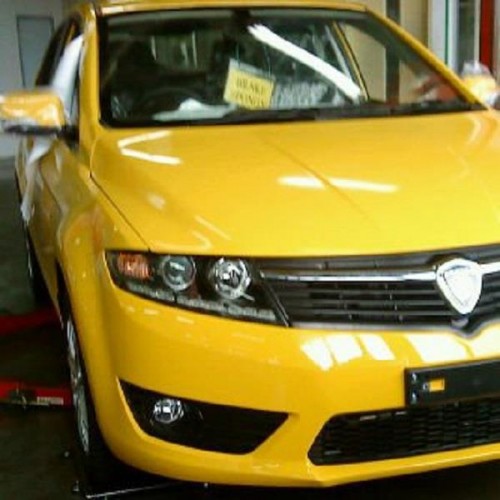
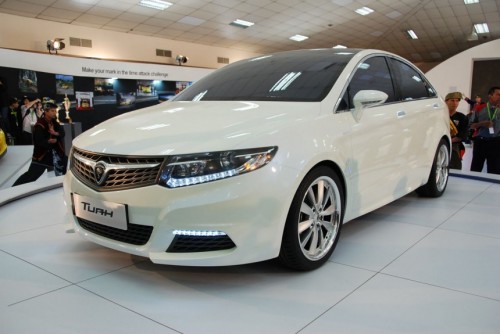
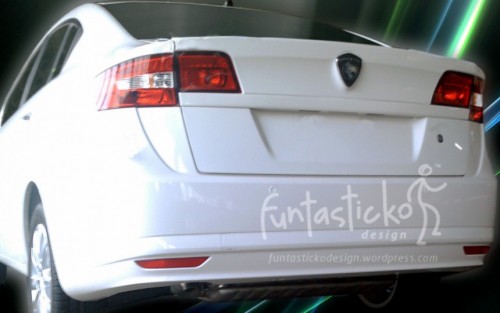
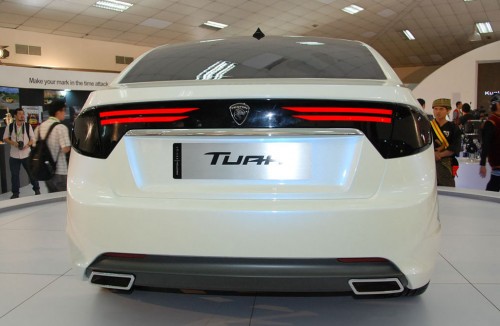

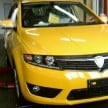
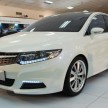
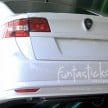
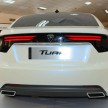
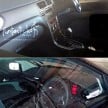



















AI-generated Summary ✨
Comments on the blog post reveal a mix of excitement and criticism. Many praise the car’s modern, safe, and European-inspired design, highlighting its sleek front, bigger emblem, and overall appearance reminiscent of brands like VW or Audi. Some fans are impressed with Proton’s progress and the anticipated features, pricing, and dimensions. However, critics express disappointment with the rear design, quality concerns, and comparisons to outdated models like the dugong or Waja. Several comments emphasize the importance of Proton improving quality and reliability, drawing parallels with Korean automakers who succeeded through persistent research and innovation. Overall, the sentiment is cautiously optimistic, with expectations for better quality and features upon official launch, tempered by skepticism about Proton’s design choices and manufacturing execution.